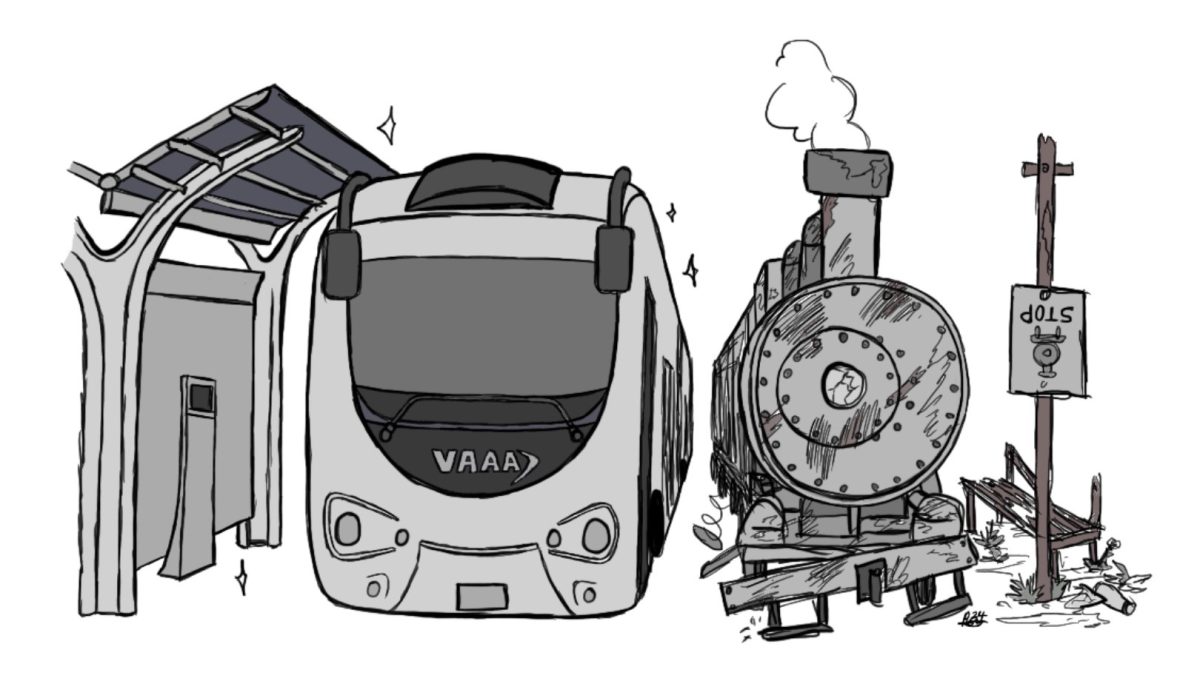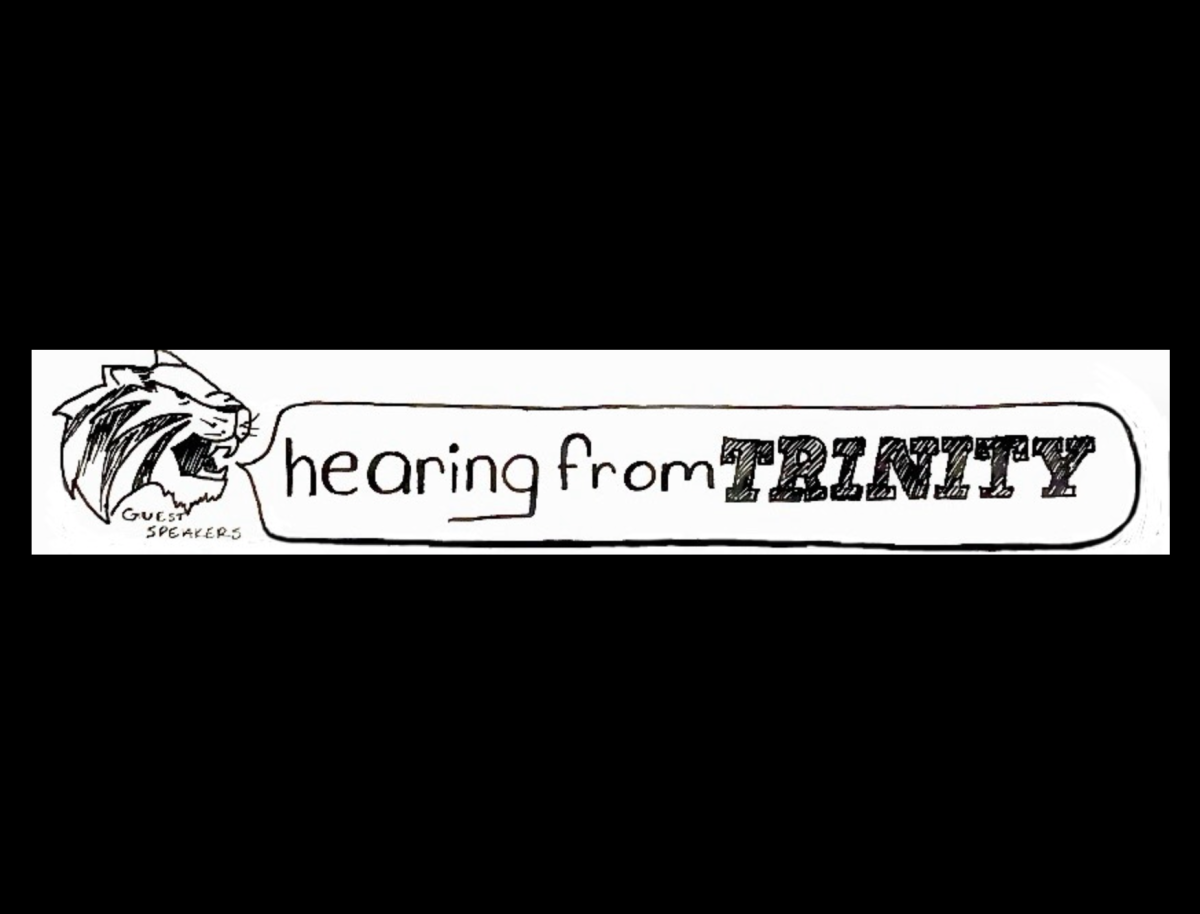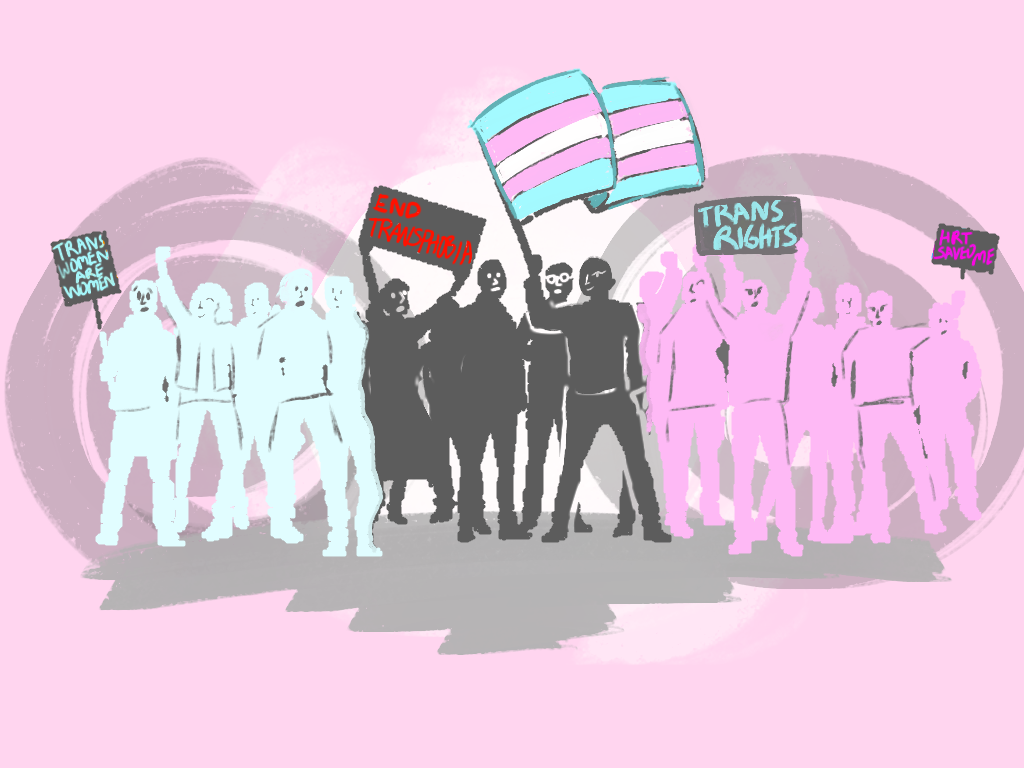There is no more quintessentially American story than the transition of a city once teeming with pedestrians and streetcars to an archipelagic collection of strip malls and office buildings connected only by an impassable sea of asphalt. San Antonio in the 20th century was not spared this fate, losing its robust public transit system and becoming nearly impossible to navigate without a personal automobile.
But there is some seemingly hopeful news: Bexar County’s recent approval of $102 million in partial funding for a new east-west “Silver” rapid bus line and a fully-funded north-south “Green” line are two steps in the right direction. But as I learned in my ballroom dance class, a step in the right direction will land you on the floor if made with the wrong foot. And while I am inclined to applaud any major investment into better public transportation, these costly new lines will be inefficient and limited in their usefulness and detract from efforts to rebuild San Antonio’s urban rail network.
San Antonio’s attempt to revitalize its public transit with rapid, cross-town bus lines is not unique among Texas cities—neither, I predict, will be its failure. Austin, Houston and Dallas all have rapid bus lines similar to those proposed here, but see hardly any more usage than San Antonio’s existing system.
The only major difference between the systems in San Antonio and Dallas, the city with the highest ridership (still at only 4%), is that the Dallas service map makes sense, with routes connecting multiple major residential areas in and around the city with financial centers, parks and recreation spaces, necessities like grocery stores and medical care, etc. By contrast, San Antonio’s Green and Silver lines appear to have been drawn with about as much nuance as the borders of a former British colony, essentially cutting two straight lines along the city’s cardinal directions.
Based on maps of the lines created by VIA, the north-south Green Line will be virtually useless to anyone whose life is not restricted to the narrow strip of land between Highway 281 and Interstate 10, and the east-west Silver Line seems to be designed more to connect big-ticket attractions like the Frost Bank Center and the Alamodome than to serve as a viable means of everyday transport for San Antonians.
While what is included in this plan is half-baked, what is left out is more concerning. Bus projects like these paper over the fact that San Antonio is missing a crucial element of any robust urban transit system: rail. Not only does the complete lack of urban rail severely disadvantage San Antonians who can’t afford cars, but it discourages those who can drive but might still choose public transportation if they had better options. Model cities like New York and San Francisco, despite having significantly higher per capita rates of income, have achieved much higher rates of transit use by implementing urban rail systems that are not only cheaper, but often faster and more efficient than driving.
Trains also motivate the creation of better urban infrastructure. In an interview for the San Antonio Report, Andy Kunz, president and CEO of the Transit Oriented Development (TOD) Institute, explains that the kinds of urban communities that make cities like New York attractive rely on rail.
“Rail systems are essential to making TOD take off,” Kunz said. “You’re not going to get whole multiple communities developed along a bus line.”
Rail is more conducive to community development because of its permanence, reliability and user appeal. It also eliminates the need for major road arteries, which come with heat, noise and general ugliness. While bus stops are often at best ignored and at worst avoided by higher-end developers, proximity to subway and light rail stations can be a selling point of homes in major East Coast cities. This is not only because rail stations offer ease of transportation, but also because they are often surrounded by thriving communities that include restaurants, shops and mixed-density housing.
If San Antonians want to see real change in the landscape of their city, they must push for more than a few poorly-planned bus routes—instead, they must look to what reliably works in every other city, and what once worked here. If we are serious about building better, more accessible communities, urban rail should be seen not as a thing of the past, but rather as this city’s future.








